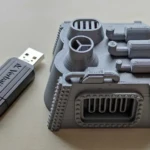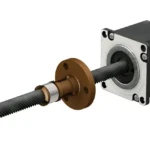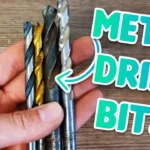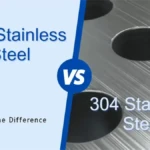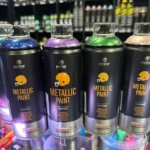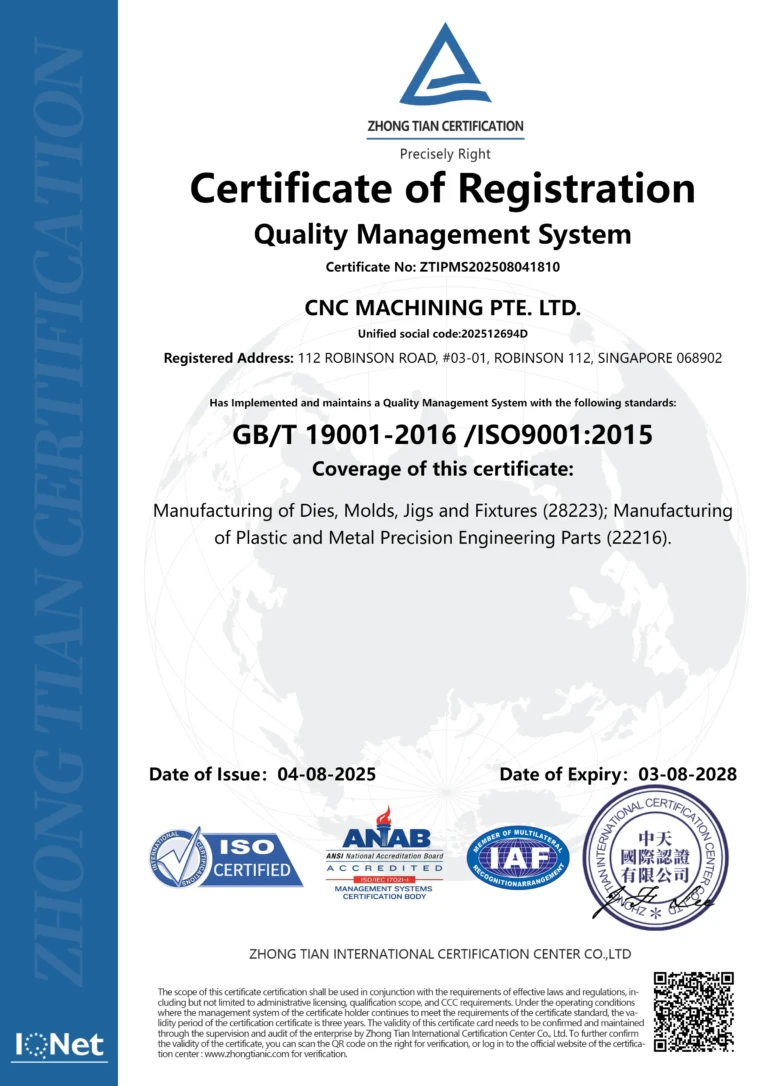existRemoving supports can sometimes be a tricky step during 3D printing post-processing. However, there are solutions. If you have a dual-extruder FDM 3D printer or another process that allows multi-material printing, you may choose to use soluble support materials. These materials have the particularity of dissolving in water or with chemical or organic reagents, thus offering a practical alternative.
In this article, Mohou.com will explain to youSoluble materials for 3D printing.
water soluble materials
polyvinyl alcohol
polyvinyl alcohol(PVA) is one of the most commonly used soluble support materials for complex structures in FDM 3D printing. Its main advantage is that it is water soluble, which simplifies the media removal process and eliminates the need for harsh chemicals or laborious post-processing. The water solubility of PVA also makes it easier to manufacture parts with more complex shapes, increasing design flexibility. Its compatibility with different filaments such as PLA and nylon expands its range of applications, enabling the creation of visually appealing models and more durable prototypes. Additionally, in order to achieve good printing results, the PVA should preheat the print bed to between 45-60°C and the extruder temperature should reach 180-200°C. Despite difficulties such as sensitivity to humidity, PVA remains a particularly useful material for making molds, decorative objects and conceptual models due to its advantages of being transparent, biodegradable, non-toxic and easily soluble.

Photo credit:UltiMaker
BVOH
Another water-soluble material used for support structures in FDM 3D printing is BVOH (butylene glycol vinyl alcohol copolymer). It is particularly useful in situations where traditional devices may be difficult to remove or may not provide the desired results. In fact, BVOH makes removing supports much easier. After 3D printing the object, simply immerse it in hot water and the support will be 100% completely dissolved. BVOH is ideal for printing prototypes such as small models and those with hard-to-reach spaces to remove supports. This material is also suitable for fine details, jewelry, decorations and complex structures. It is designed without imposing any restrictions on the shape of the object. Additionally, BVOH is environmentally friendly and can generally be disposed of by pouring it down the household drain. You can print with different materials such as PLA, ABS, PET-G, ASA and spandex. To maintain its quality, it is recommended to store it in a dry place or use it quickly to protect it from humidity, light and UV rays.

Photo credit: Fiberology
Aquasys 120
Developed by Infinite Material Solutions, Aquasys 120 marks a breakthrough in 3D printing support materials. Its special formula combines water-soluble polymers and trehalose polysaccharides to ensure high thermal stability while maintaining optimal flexibility. The solubility of Aquasys 120 allows it to dissolve twice as fast as PVA at room temperature and up to six times faster in water heated to around 80 degrees. Its versatility is reflected in its compatibility with various materials such as PLA, CPE, ABS, ASA, TPU, PC-ABS, PP or PETG, making it one of the most versatile media most versatile and adaptable in the 3D printing market. However, this is not the only option. Aquasys 180 also positions itself as the unrivaled benchmark for advanced, highly compatible support materials. It is water soluble and compatible with advanced high temperature materials such as PEEK, PEKK, PEI and PPSU.
Photo credit: Infinite Hardware Solutions
Materials easily soluble in organic solvents
HIPS, a thermoplastic polymer used for support
HIPS or “shock polystyrene” is a thermoplastic polymer based on a mixture of polystyrene and polybutadiene rubber. It is often used as a support material in FDM printing. Its main characteristic is its high solubility and its difference from other supports is that it is easily soluble in organic solvents. This means no tools are required to separate the printed part from the support material. Simply immerse the pieces in the solution. In addition to its solubility, HIPS offers other benefits such as heat resistance and translucency, allowing you to see through the material, making the printing process easier. However, despite these advantages, it also has some disadvantages, such as the risk of fading, production of toxic fumes during the printing process, poor resistance to low temperatures, etc.
PVB
PVB is used as a printing support material, which is very useful for objects that are complex or require internal support. Solvent soluble for easy removal of supports after printing. The chemical solubility of PVB, especially with reagents such as isopropyl alcohol (IPA), provides advantages in adhesion and smoothness during post-processing of printed parts. Additionally, its broad compatibility with a variety of materials, including PETG and nylon, provides flexibility in its use.
Photo credit:Polymaker
ATP-based polymer
based onATP polymers (acrylate terpolymers) are ideal for 3D printing support structures because they are soluble in alkaline solutions. Unlike other materials, they do not simply dissolve on contact with water, but require the alkaline pH of the liquid, making them less sensitive to humid environments than materials such as PVA. Although they are more resistant to ambient humidity, filament spools should be placed in a cool place and away from direct sunlight. ATP-based support materials are compatible with materials such as ABS and ASA, but compatibility depends on the manufacturer. Typically, manufacturers provide details on compatible materials and provide instructions on print settings. After printing, the support structure can be dissolved in an alkaline liquid by adding an activator (usually supplied with the filament) to the water. An example of an ATP-based support material is Zortrax’s Z-Support ATP, which also provides an activator.

Photo credit:Zortrax
Source: 3dnatives
Daguang focuses on providing solutions such as precision CNC machining services (3-axis, 4-axis, 5-axis machining), CNC milling, 3D printing and rapid prototyping services.




